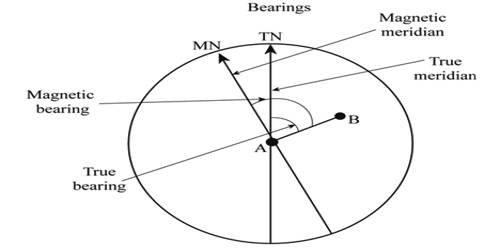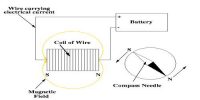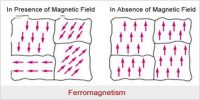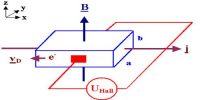Magnetic meridian: The imaginary vertical plane passing through the magnetic axis of the geomagnetic is called magnetic meridian. It is a line on the earth’s surface approximating a great circle passing through the north and south magnetic poles. It is a great circle in the vertical plane passing through the magnetic axis of a freely suspended magnet influenced by the earth’s magnetic field and that also passed through the magnetic north and south poles.
A (geographical) meridian (or line of longitude) is the half of an imaginary exquisite circle on the earth’s floor, terminated by way of the North Pole and the South Pole, connecting factors of identical longitude. It’s far a non-stop imaginary line around the surface of the earth passing thru both magnetic poles. the position of a factor along the meridian is given by using its range indicating what number of degrees north or south of the Equator the factor is. Every meridian is perpendicular to all circles of latitude. Each is also the identical period, being half of a super circle on this planet’s floor and therefore measuring 20,003.93 km (12,429.9 miles).
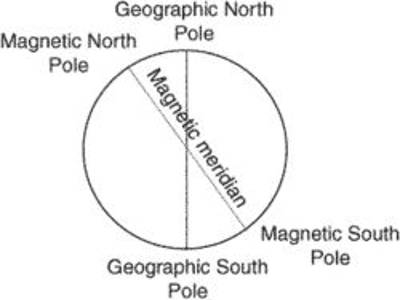
The magnetic meridian is an equivalent imaginary line connecting the magnetic south and north poles and may be taken because the horizontal thing of magnetic pressure strains along the floor of the earth. Therefore, a compass needle might be parallel to the magnetic meridian. The perspective between the magnetic and the actual meridian is the magnetic declination, that’s applicable for navigating with a compass.
